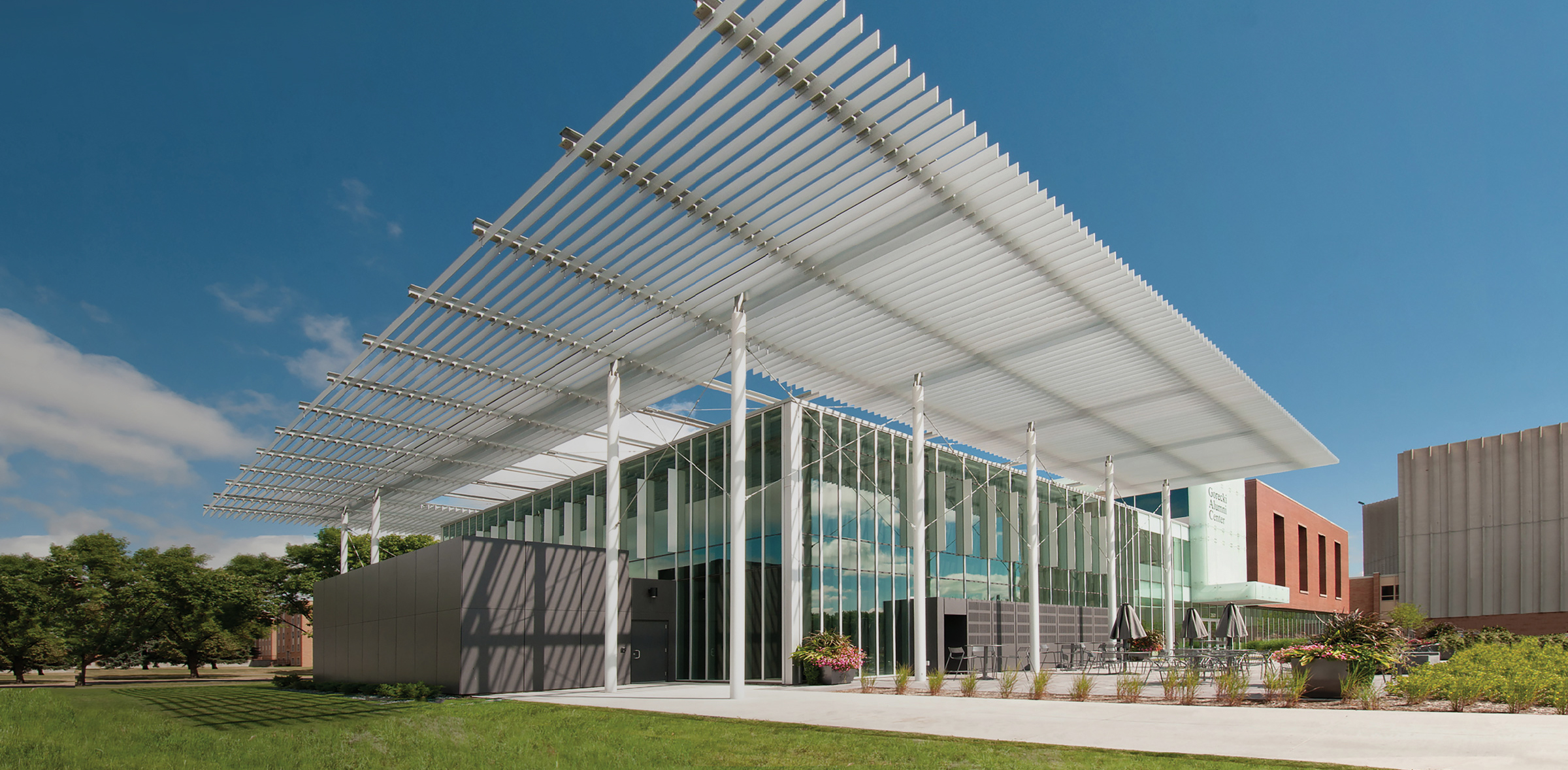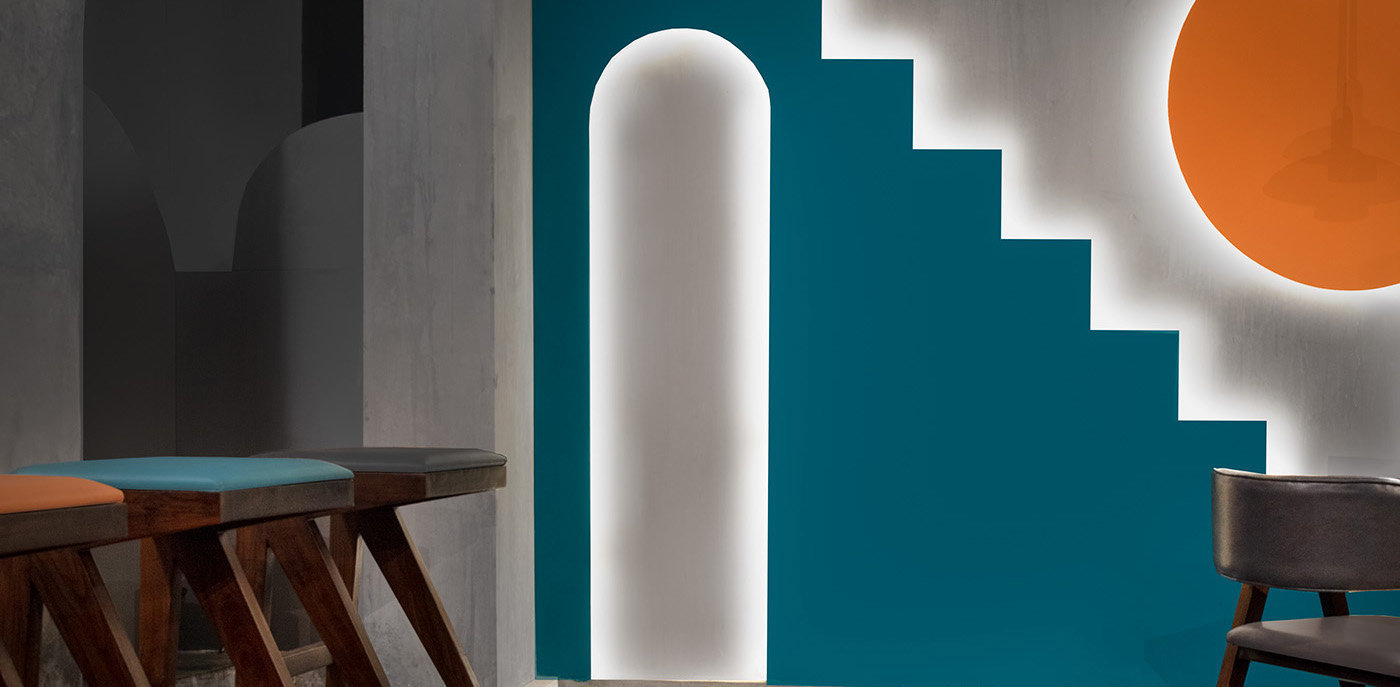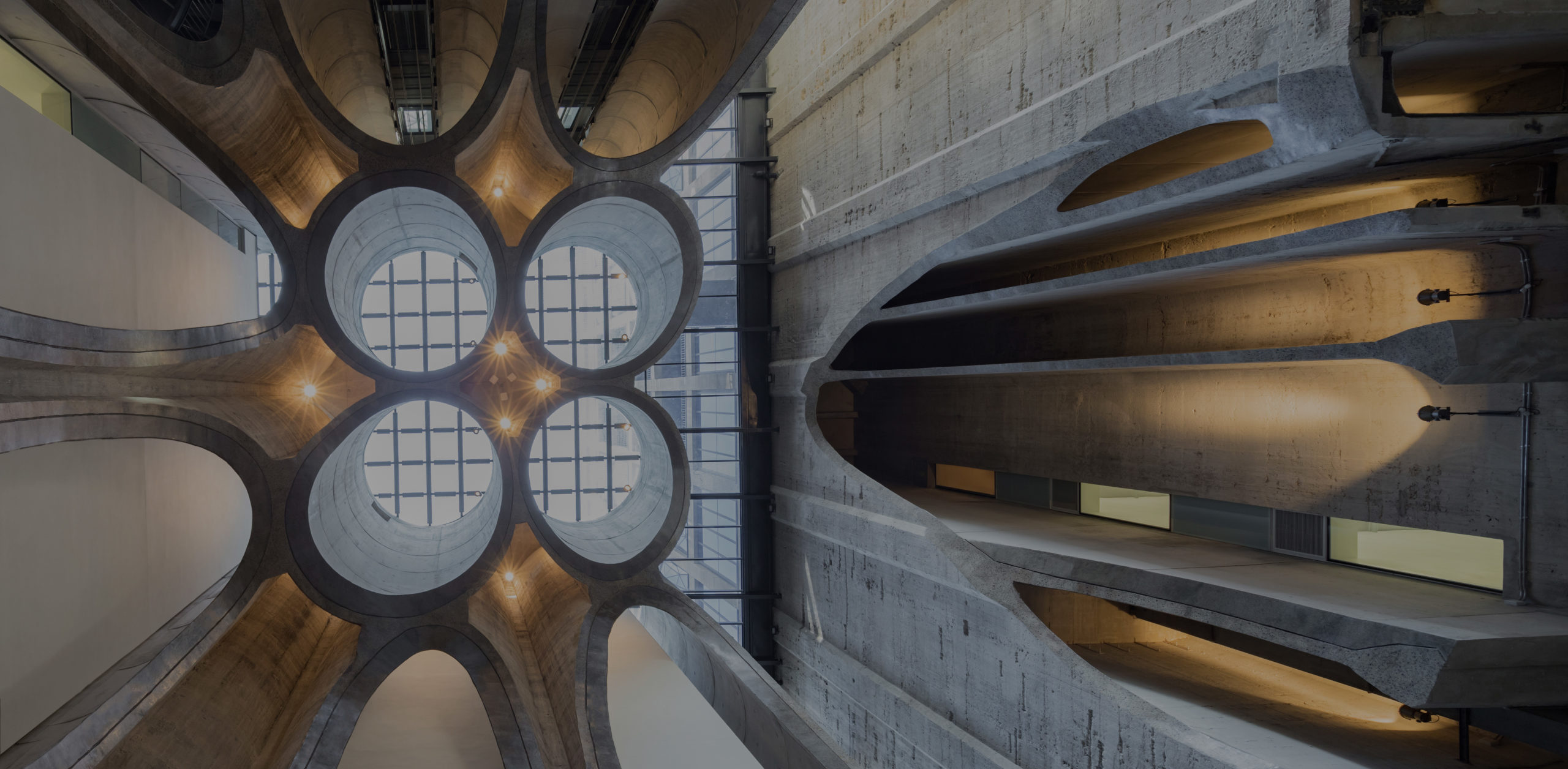15 of the 20 largest global architecture and engineering firms, responsible for over $100 billion in construction annually, have now adopted and implemented the 2030 Challenge. According to a recent poll of design industry leaders by the Design Futures Council, approximately forty percent (40%) of all U.S. architecture firms have adopted the challenge.
In partnership with

For firms to incorporate sustainability into every project, their leaders need to actively champion and enable the change. Research shows that by delivering sustainable designs, building owners enjoy financial and non-financial business benefits, such as lower operating costs and significantly better occupant satisfaction, which influences productivity. Plus the financial benefits do not always come at the expense of higher first costs.
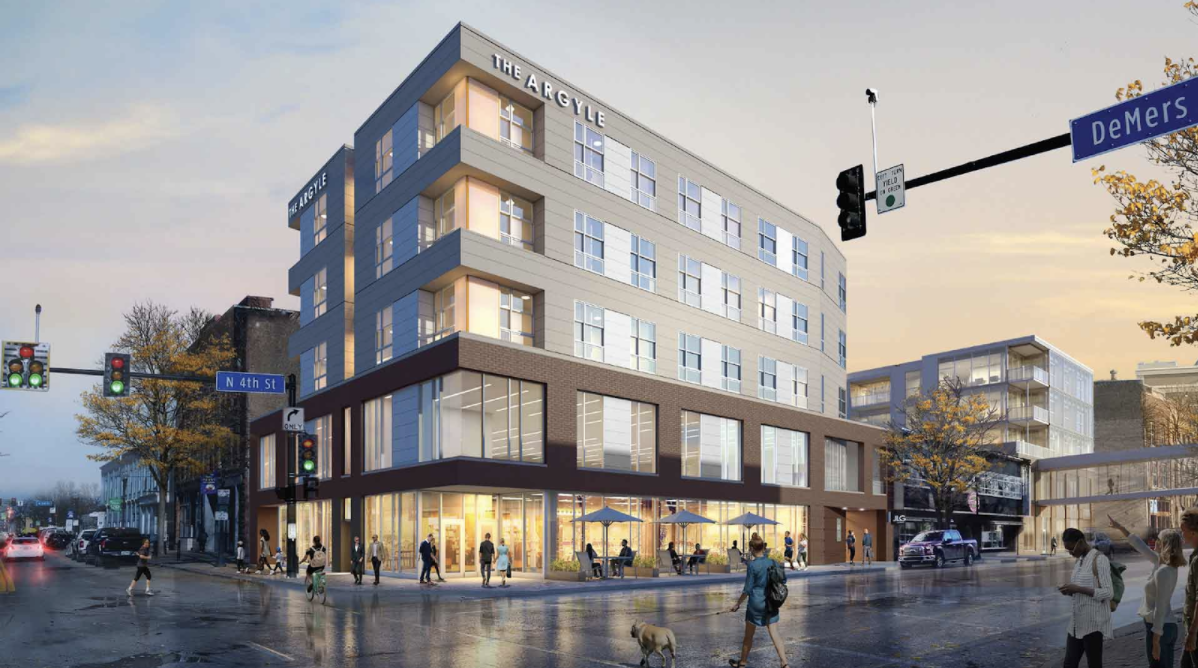
Argyle building design by JLG Architects, Grandforks, ND
Delivering these multi-stakeholder benefits on high-value projects inevitably leads to repeat business for design firms. These outcomes illustrate that sustainable design is good for business.
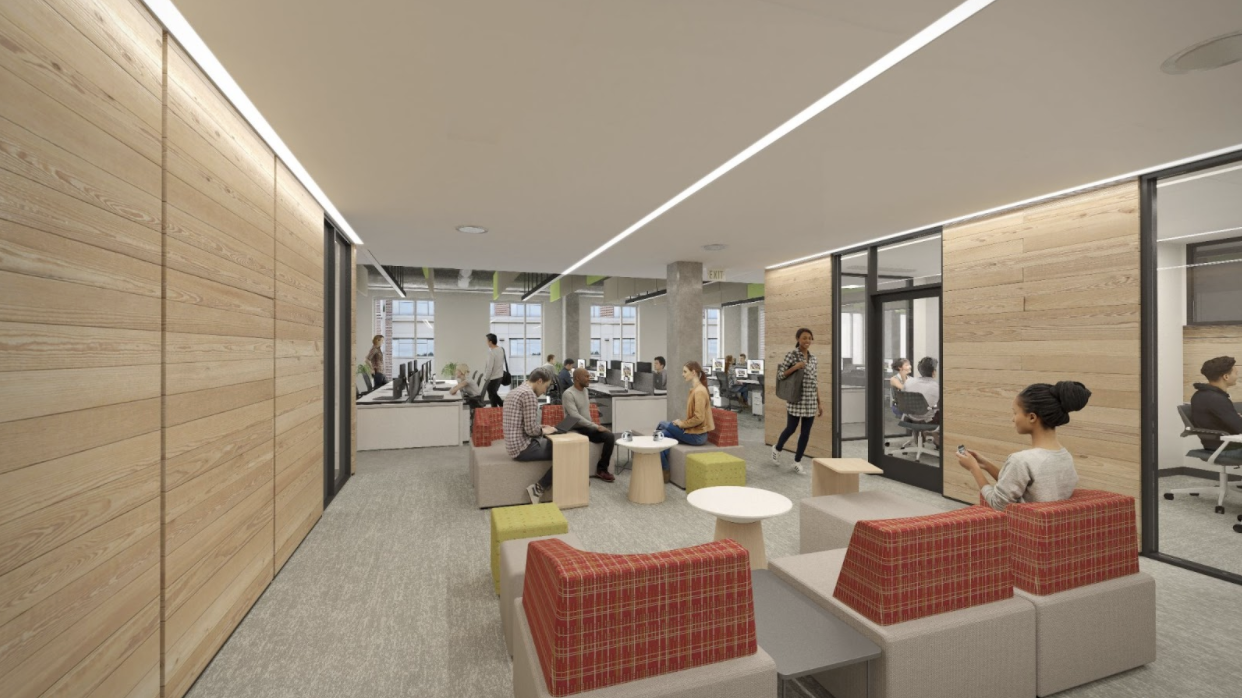
JLG Architects Office, Grand Forks, ND. Collaboration zone and huddle rooms looking onto the work station area. Shows an active design facilitated by Sefaira.
JLG Architects was established in 1989, is owned by its 150 employees, and has 13 North American offices. JLG Architects has received many AIA awards for projects ranging from healthcare centers, corporate offices, airport terminals, and education facilities to sports venues.
It has achieved ambitious certifications such as the first LEED Platinum building in North Dakota, and LEED Gold and Silver for projects ranging from research centers to residential developments. It is currently pursuing Living Building Challenge Full Certification, Fitwell, LEED Platinum, the AIA Framework for Design Excellence and exceptional energy performance for its own office in Grand Forks (shown above).
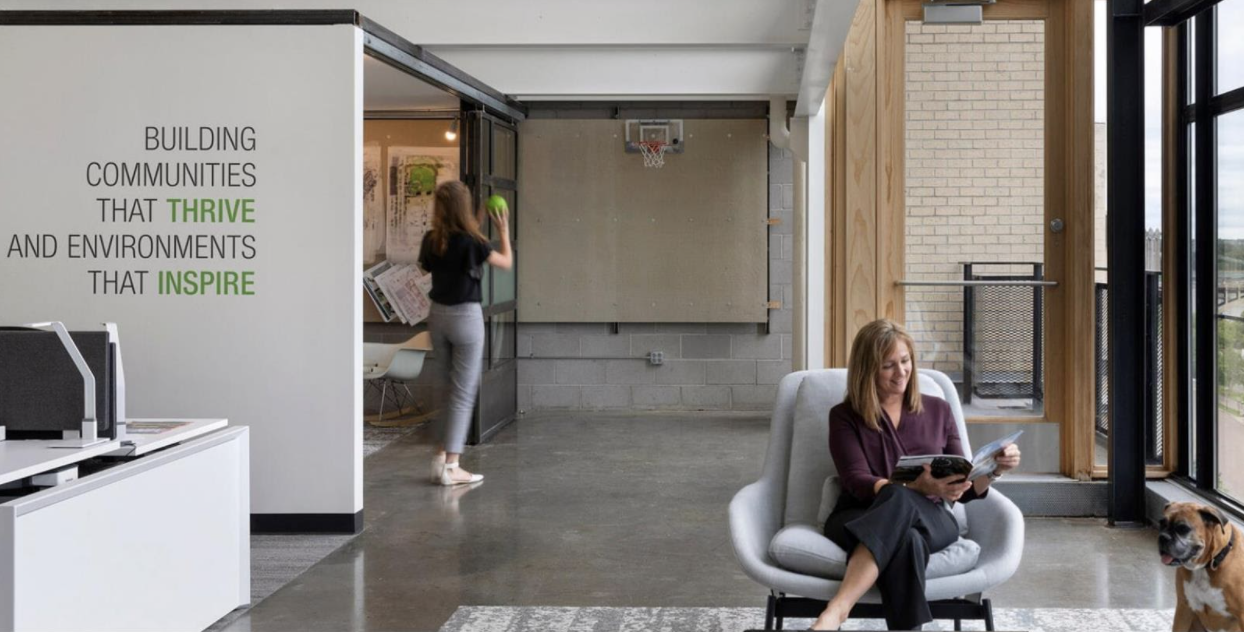
JLG Architects Minneapolis Office, Minneapolis, MN. Collaboration zone overlooking St. Anthony Falls with free address workstations to the left.
The excellence that permeates JLG’s work comes from pursuing its vision and core values in combination with impactful leadership. We sat down with Patrick Thibaudeau, long-time sustainability champion and Principal Sustainability Officer at JLG, to discuss how the firm successfully translated its vision and values to each team member’s design process. Read on for five tips for successfully embedding sustainability into practice and process. All images are courtesy of JLG Architects.
Find the ‘why’: Why Sustainability Matters
At JLG, our vision is “Design for Life,” which means using design thinking and skills to help individuals and communities thrive. This vision is supported by five core values: design, community, relationships, stewardship, and integrity.
JLG lives these values by working to elevate the human experience by positively impacting occupant health, wellness, equity, and resilience for persons and place; by designing for positive performance: energy, carbon, water; and responsibly using resources to achieve financial prosperity for communities, organizations, and individuals.
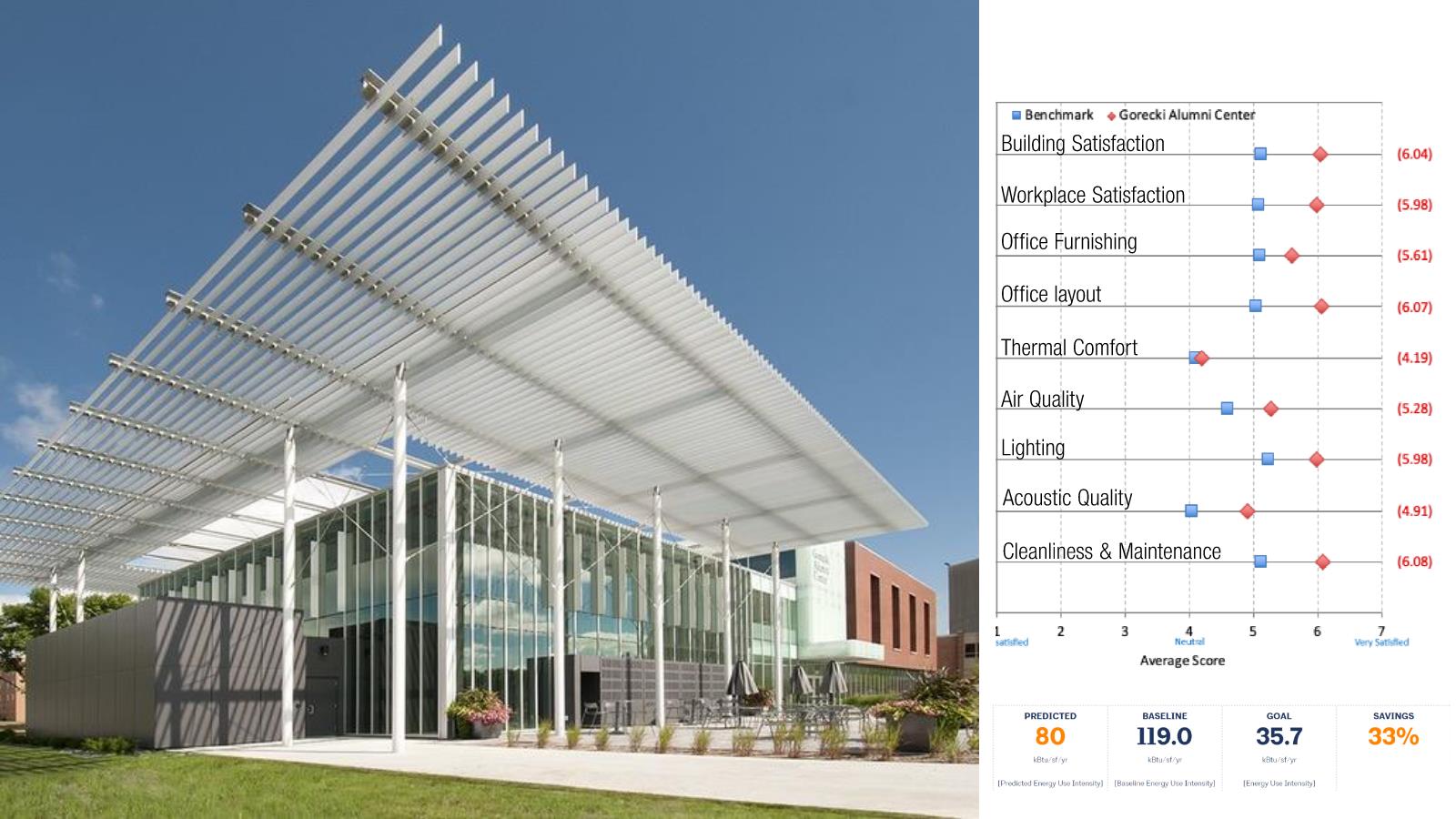
Gorecki Alumni Center at the University of North Dakota, Grand Forks, ND, is the first LEED Platinum project in North Dakota
These goals have always been present throughout the firm’s 30-year history. They were embodied by its founders and are now written and passed down so that each team member embraces the vision, values, and approach, and understands the actionable steps they need to pursue on every project to make life better for all stakeholders.
Implementing Sustainability in Daily Practice
To live our vision and values, we asked ourselves, “what do these aspirations look like on each person’s desk?” The values must translate into daily practice for each person and every project.
As part of this effort, JLG signed the Architecture 2030 commitment. Rather than only submit a report once a year, we’ve accelerated the integration of that commitment into our project process. We decided to take a game-changing leap by creating energy models on all 2030 reportable projects and completed an AIA framework for Design Excellence (FDE-10) spreadsheet for every project. We deployed Sefaira firmwide in June of 2020, and by the end of September, every project had an FDE-10 spreadsheet, and every 2030 reportable project had an energy model with performance targets established. All our staff received Sefaira training, and more than 100 energy models were prepared in approximately 90 days. We now have approximately 200 energy models.
Instead of targeting incremental improvements or focusing only on isolated projects, we went all in and performed analyses on every single project. Every project has a designated team member responsible for performance analysis. All ten topics in the AIA framework are addressed with high-performance targets that bring valuable options for clients to consider. As a result of this concerted effort, our 2020 report achieved a 55% energy reduction compared to the 2030 baseline.
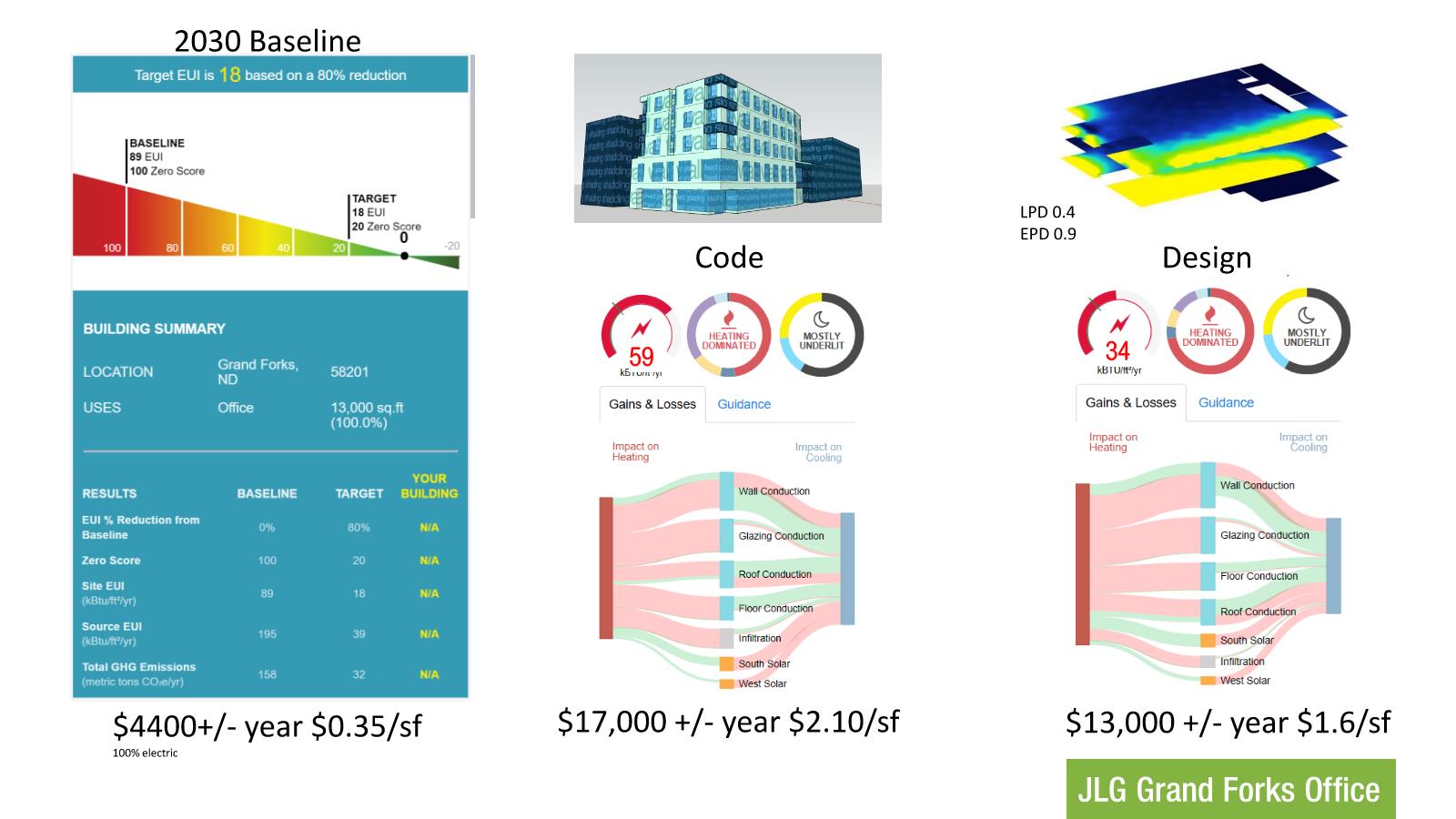
Additionally, every team member is engaged in delivering design excellence. A staff quiz in the fall of 2020 showed 100% of respondents knew what EUI stands for (Energy Use Intensity). [Read about the six metrics every designer should know.] They understand the key factors for optimizing the energy performance of a building’s envelope. Each person knows the target EUI for typical projects and has access to the zero baseline tool, and Sefaira energy and daylight simulation plugins on their desktop. JLG wrote a custom script to launch the Sefaira plug-in for SketchUp so that it is always on as design starts and continues.
JLG has a process to capture lessons learned so that they can be applied to future projects and help identify financial ROI. “We have produced nearly 200 energy models in less than a year, and we have seen the benefits, including improved design and positive financial return. One example has a projected ROI of over $200,000 of net positive revenue after 30 years of equipment life. Using Sefaira, we find that performance informs form. As we conduct design analysis, the performance simulation gives useful information that designers can leverage when determining building form.”
Preparing for Success
Energy modeling specialists charge architects between $7,500 – $40,000 to complete a detailed energy model that typically lags behind the design, delaying progress, and has limited value. JLG does not approach building performance as an add-on; it’s simply part of the way they work.
JLG is driven to find affordable design excellence for every client. This makes it vital for us to keep design analysis fast, iterative, and affordable because it saves both time and costs for the team. We consider sustainability as inseparable from design excellence.”
It takes only one to four hours to set up an early phase concept model and to establish a predicted Energy Use Intensity (EUI) target. JLG typically spends an additional two to eight hours per design phase to optimize the design, which is much less than the old style of energy modeling that can take 100 to 200 hours over several weeks.
JLG has defined a starter file that contains presets such as the building code baseline and best practices for optimization, learned from its extensive database of energy models. They study different massing types — long and narrow versus deep floor plates — and various orientation options. This allows them to know which sensitive factors to watch out for early on.
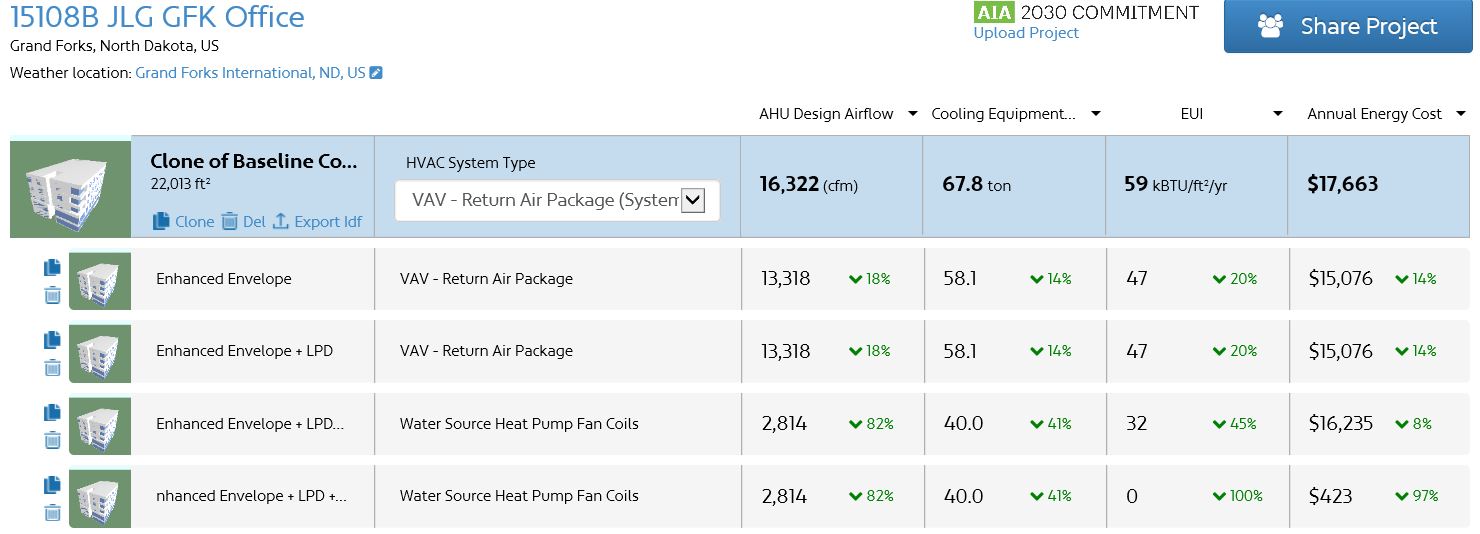
Next, JLG tackles envelope specifications, lighting power density, and investigates the impact of HVAC solutions that can contribute to net-zero energy options. With this information, JLG can have an informed conversation with the client about the opportunities and the value of net-zero goals and financial payback that often show a net positive total cost of ownership. Presenting options and value makes for better conversations with clients.
Sustainable design is more than just a checklist
Sustainability has often devolved into a checklist approach. JLG raises the bar by focusing on the outcome and applying an iterative, integrated approach that yields better results. JLG defines project aspirations first, then creates stretch goals that are actively pursued.
For technology to survive and become ubiquitous, it has to be fast and relatively inexpensive, or it won’t be used consistently.
When we ask ourselves, “How far can we go with this tool?”, SketchUp allows us to go from ideation to development and daylight optimization. We leverage our SketchUp model deeper in the design process by exporting an IDF file or by using our SketchUp file as a linked file in Revit during construction documentation. By leveraging agile, adaptable skills, building owners get better value.
Overcoming industry challenges
In architecture, the way we think about sustainability is a big hurdle to implementing sustainable design. Patrick Thibaudeau and the JLG team aim to make high-performance design excellence and net-zero buildings the norm rather than the exception. “We need to understand and believe that it can be done rather than thinking it can’t. If we believe we can push the design boundaries for better, more sustainable outcomes, we do better.”
5 Tips for Successfully Embedding Sustainability in Practice
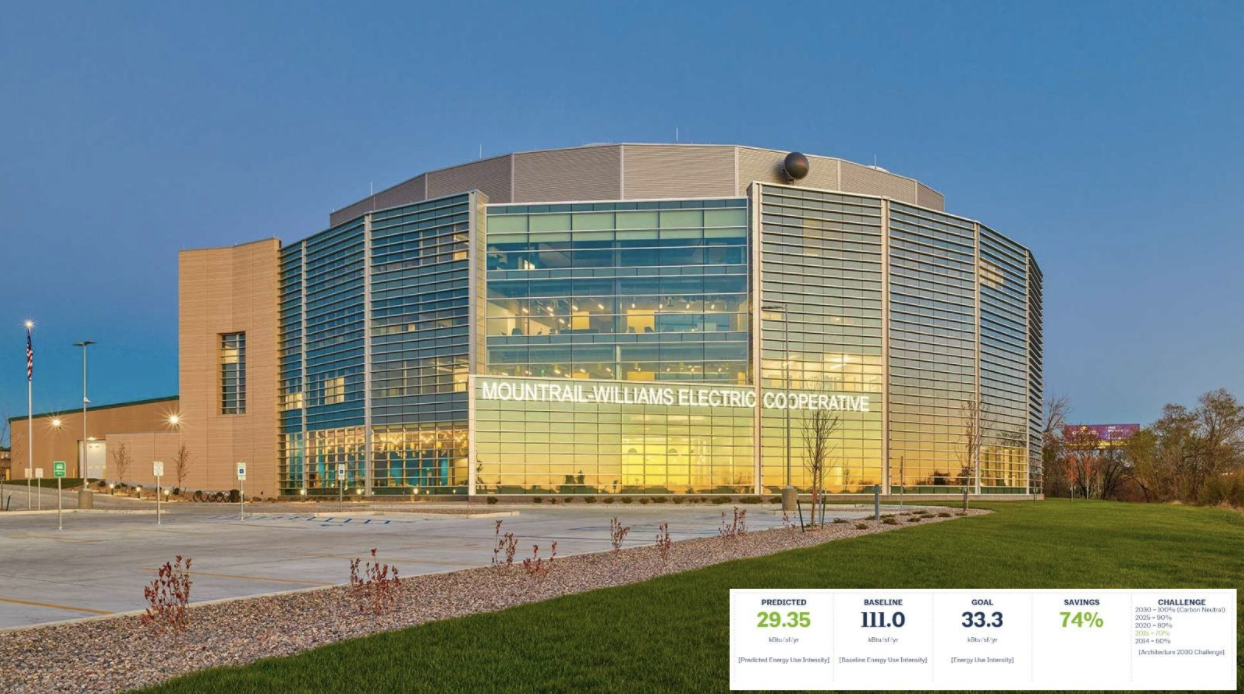
1. Doing is Knowing
Too often, having information doesn’t translate into action. For decades the profession has focused on listening to speakers, which creates the illusion of learning. JLG has accelerated progress by focusing on a “doing is knowing” approach to learning. The act of doing breaks the barrier of understanding and accelerates learning.
2. Always on
JLG is making performance analysis to be like breathing. It just happens. “We expect products we use to reinforce the right behavior.” For example, JLG has a custom script that launches Sefaira when SketchUp launches, so the energy and daylight plug-in is on automatically. This ensures that analysis is always top of mind and accessible when design work is being done.
3. Real-time design analytics
Rather than a team of specialists doing the performance simulation, JLG has each team prepare a SketchUp model and run Sefaira analysis supported by a team of specialists. These models are kept up to date to match project development, and they are reviewed each month and at the end of each design phase.
4. Embed best practices and standardize repeat tasks
JLG has developed starter models in the Sefaira web app for each primary building type, making it easy for everyone to hit the ground running without starting from scratch. Best practice parameters are included in the starter files as pre-sets.
5. Normalize pushing the boundaries
We encourage teams to test ideas. We permit our teams to and even encourage testing extreme limits in the models to “learn by doing and see what happens.” Through these tests, the designer can learn and understand both the importance and sensitivities of different building factors such as R-value, daylight, massing, orientation, air infiltration, and glass performance.
There is no set script to plug and play for every project, but parts of the process are repeated and are built into the day-to-day workflow. With the right mindset and approach, tools and knowledge, all designers can achieve well above minimum baselines for the benefit of stakeholders. By simply starting with an aspirational outcome in mind, you can deliver owners great buildings for the best value and lower total cost of ownership as well as positive impact on the community.
Project Spotlight: JLG Head Office, Grand Forks, North Dakota
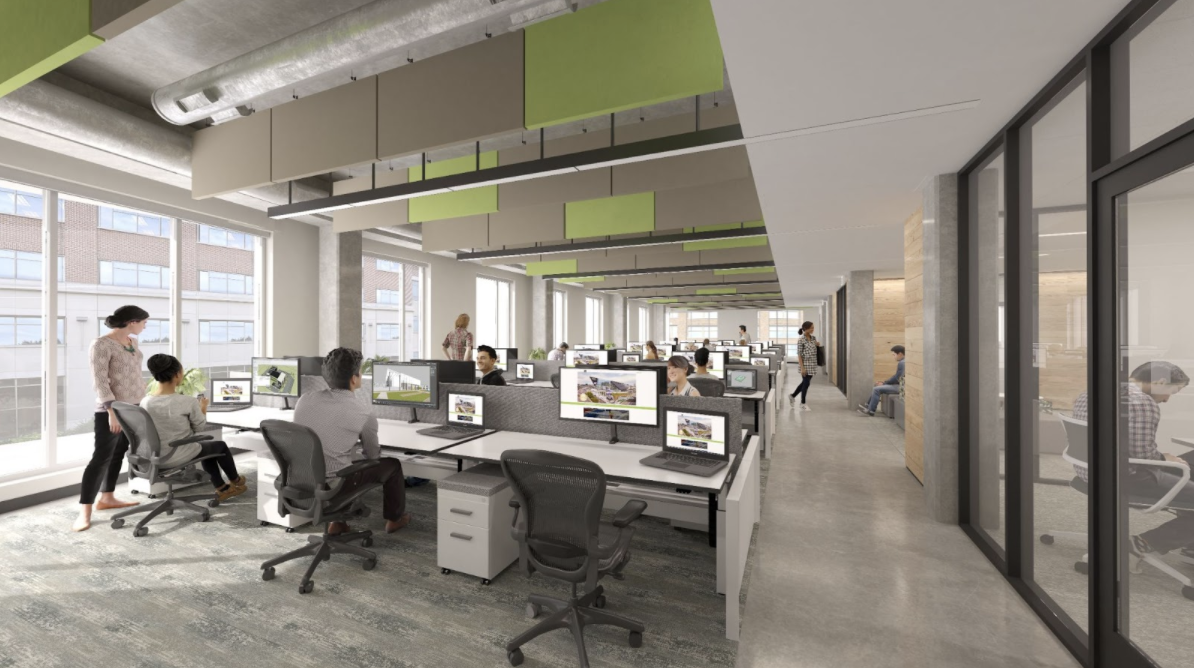
Key design goals
- 90% or higher occupant satisfaction
- Net Zero Energy: makes more energy than consumed
- Net positive carbon
- Water balance: 40% less water use than a baseline office building. No irrigation.
- Zero waste for construction waste diversion
- Zero Red List Toxins from materials
- Net Positive Revenue
Performance goals
- LEED CI Platinum
- Fitwell 2 stars
- Living Building Challenge full certification
- AIA Framework for Design Excellence High Performance
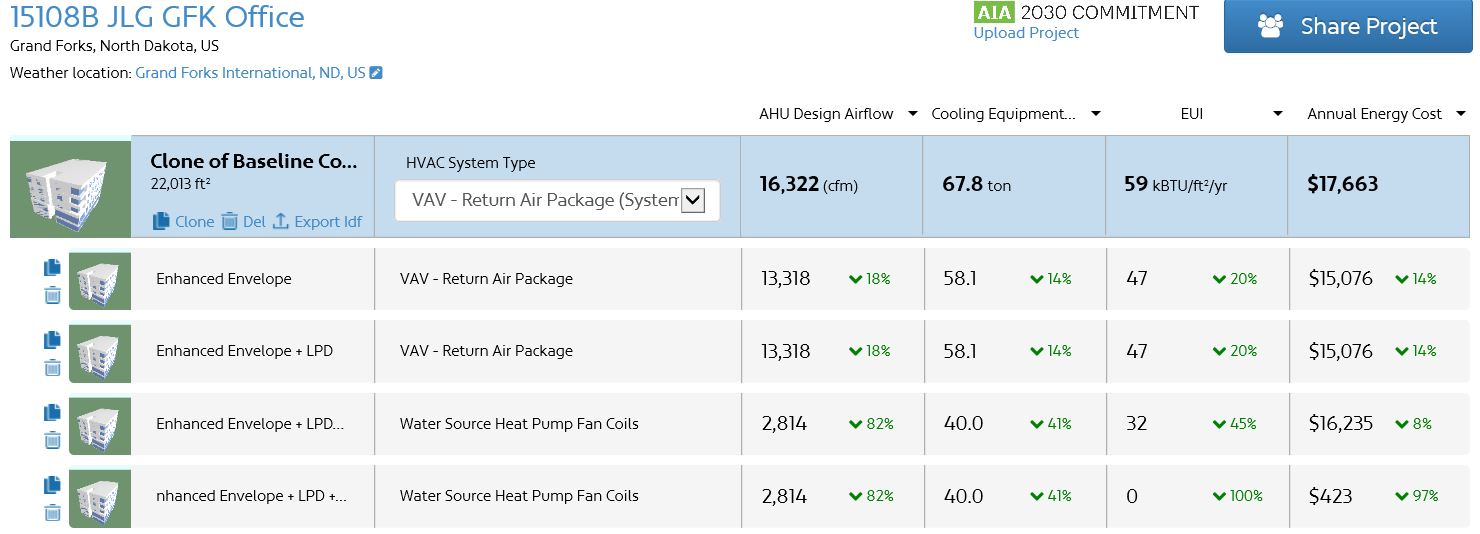
Did you meet your performance goals?
- The project is under construction and on target to achieve the goals
Using SketchUp and Sefaira helped us achieve:
- Time savings – much faster in design analytics
- Capital cost savings
- Operating cost savings – Projected $232,000 positive revenue after 30 years
- High building quality at 3% less capital cost than a comparable office building
About JLG Architects
JLG Architects was established in 1989, is owned by its 150 employees, and has thirteen North American offices. JLG Architects has received many AIA awards for projects ranging from healthcare centers, corporate offices, airport terminals, and education facilities to sports venues. It is ranked as one of BD+C’s top 150 Architecture giants, and one of the Architectural Record’s Top 300 Architecture Firms in the United States. To top it off, JLG has high marks for employee satisfaction. Inc. Magazine shortlisted JLG as one of the Best 50 Places to Work in America, and the AIA recognized it with an Outstanding Firm Award for its Intern Development Program.
Join SketchUp’s webinar series and delve into a complete and connected multidisciplinary design workflow specifically for architecture exteriors, large-scale interiors, and sustainability projects. We’ll be showcasing workflows from a range of top firms, including Design Develop, HDR Architecture, and JLG Architects.
